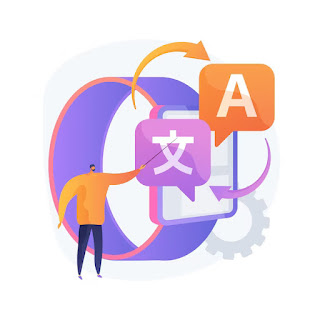Strategies for Effective Gaming Translation
The global gaming industry has grown exponentially in recent years, transcending cultural and linguistic
boundaries. To succeed in this diverse and competitive market, game developers must invest in effective
gaming translation. Poorly executed translations can lead to misunderstandings, cultural insensitivity,
and a negative player experience. In this blog, we'll explore strategies for achieving effective gaming
translation that enhances player engagement and global success.
1. Understand Your Audience
The first step in effective gaming translation is understanding your target audience. Different cultures have distinct preferences and sensibilities. Consider the age, gender, and gaming habits of your players. Research their language nuances, idioms, and cultural references. This knowledge will help you tailor your translations to resonate with your audience.
2. Hire Professional Translators
The importance of hiring professional gaming translation services provider cannot be overstated. Skilled linguists who are also gamers can understand the context, tone, and nuances of your game. They can convey the story, characters, and instructions effectively, ensuring a seamless gaming experience. Avoid relying solely on machine translation, as it often fails to capture the subtleties of language.
3. Cultural Sensitivity
Avoid cultural insensitivity and stereotypes. What might be humorous in one culture can be offensive in another. Cultural sensitivity training for your translation team is essential to prevent misunderstandings and backlash from players. Conduct thorough cultural research to navigate potential pitfalls.
4. Consistency is Key
Maintain consistency in terminology, character names, and user interface elements throughout the game. Inconsistencies can confuse players and disrupt immersion. Create a glossary or style guide to ensure uniformity in translation choices.
Read More: The Pitfalls of Insufficient Gaming Translation
5. Testing and Quality Assurance
Thoroughly test the translated version of your game to identify and rectify any linguistic or cultural issues. Consider using beta testers from the target market to provide feedback on gameplay and translation quality. Continuous quality assurance is essential to deliver an enjoyable gaming experience.
6. In-Game Dialogue and Text
Pay special attention to in-game dialogue and text. Ensure that the translated dialogue matches the lip-syncing of characters in cutscenes. Additionally, make sure that text fits within dialog boxes and other UI elements without truncation or overlap.
7. Update and Support
Remember that games are dynamic, with updates and patches released over time. Be prepared to provide ongoing translation and support for new content. Neglecting to translate new features or updates can frustrate players and harm your game's reputation.
Conclusion
Effective gaming translation is a vital component of global game development. It requires a deep understanding of the target audience, cultural sensitivity, professional translation, and ongoing support. By following these strategies, game developers can create immersive and enjoyable gaming experiences that resonate with players around the world, ultimately leading to global success in the competitive gaming industry.
Must Read: Influence of Banking Translation on International Financial Transactions


Comments
Post a Comment